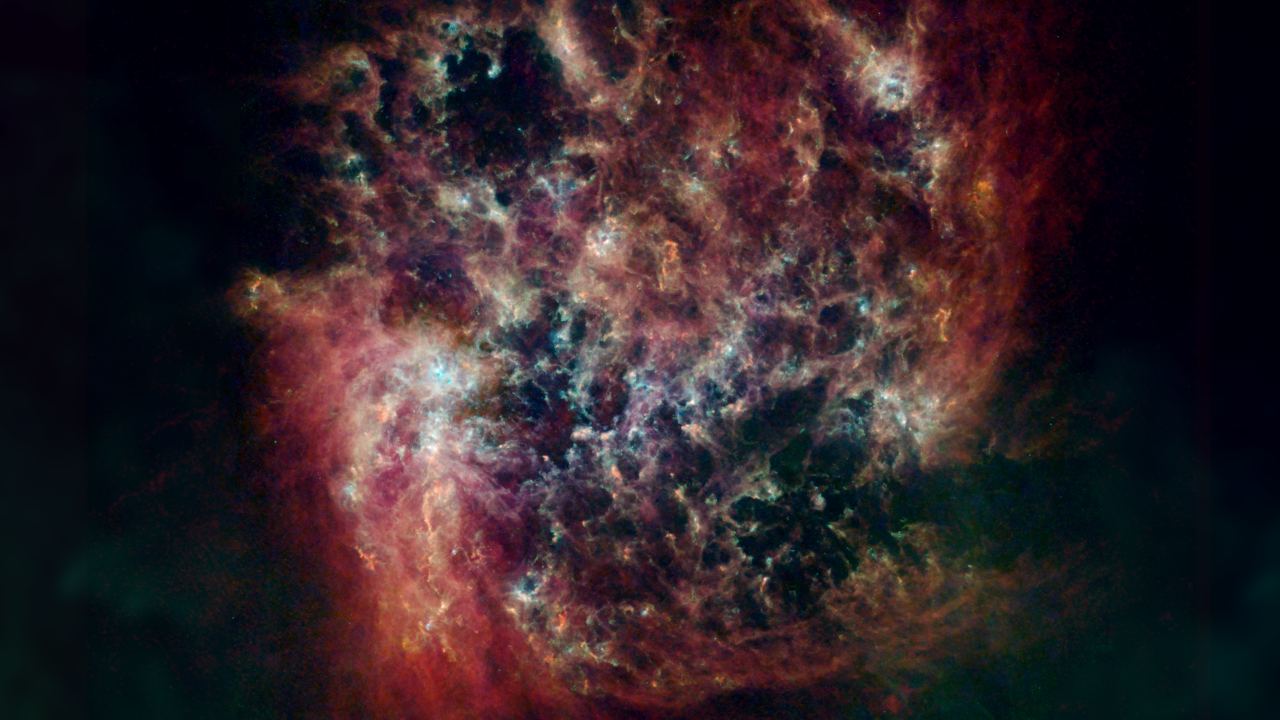Supermassive black holes can have trillions of times more mass than the Sun, only exist in specific locations, and could number in the trillions. How can objects like that be hiding? They’re shielded from our view by thick columns of gas and dust.
However, astronomers are developing a way to find them: by looking for donuts that glow in the infrared.
Continue reading “About a Third of Supermassive Black Holes are Hiding”

